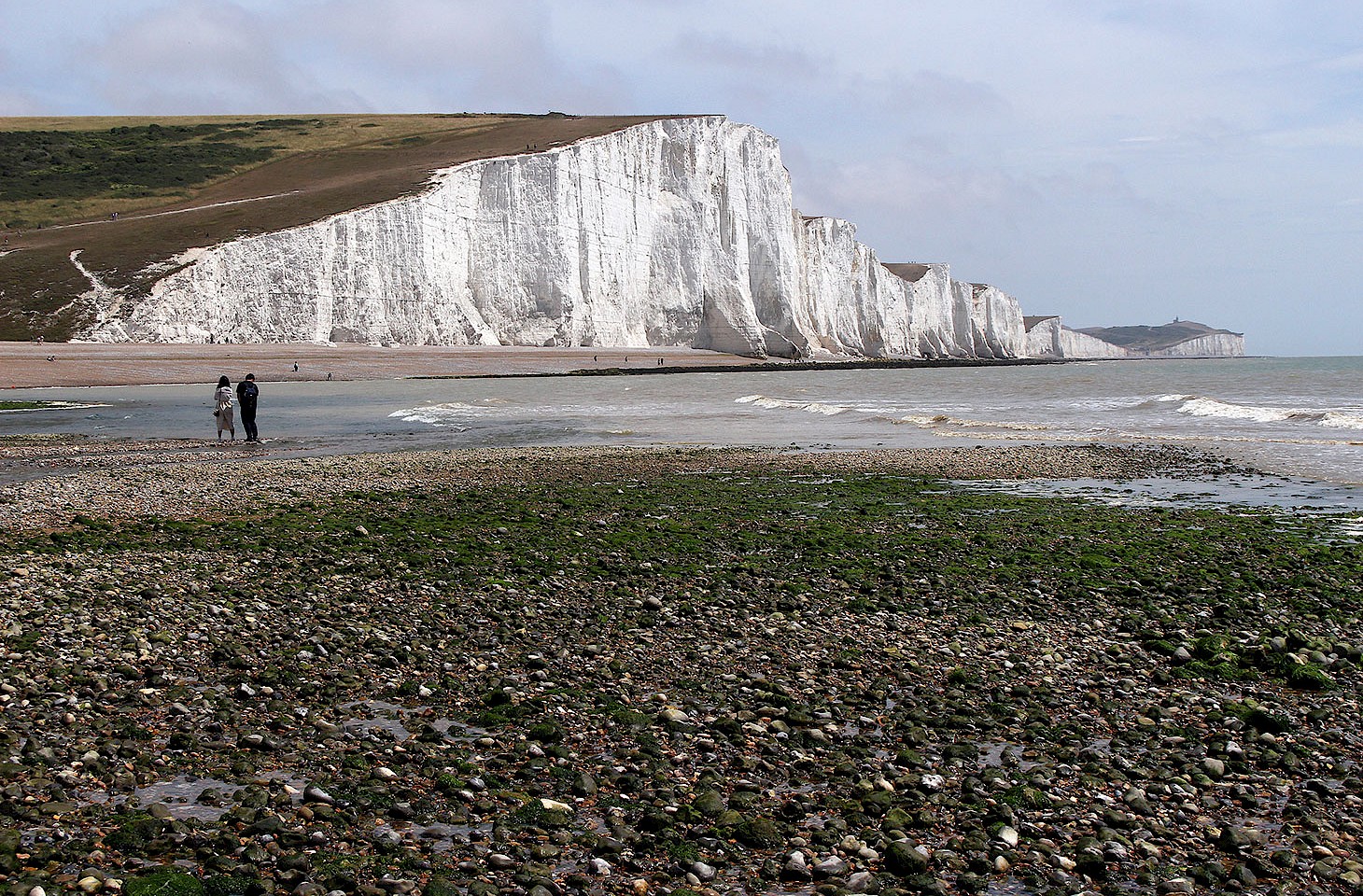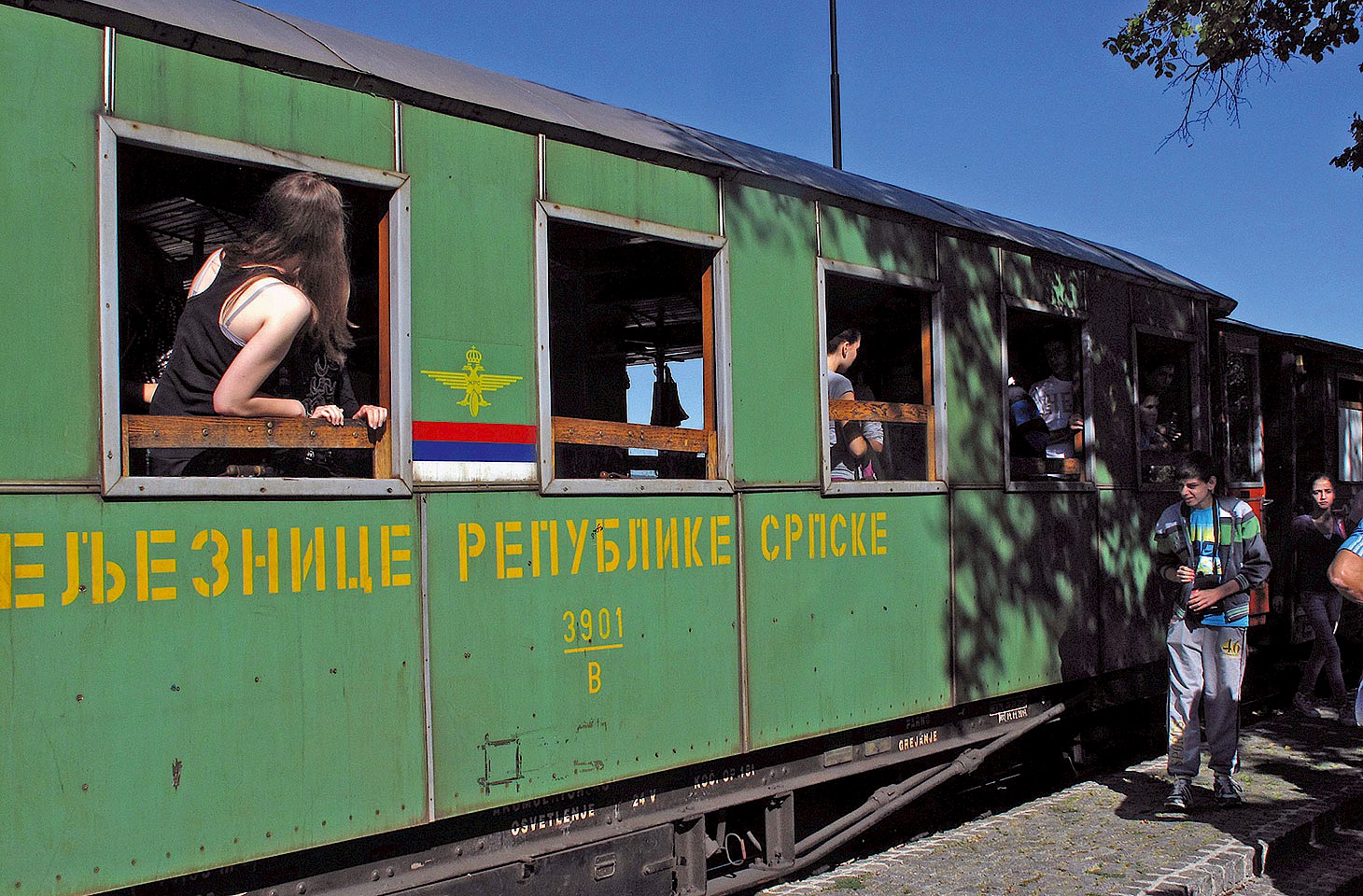If trains have feelings, then the modern green railcar that edges its way east from Hajnówka must surely be proud of itself. It is a real explorer. Few trains ever venture this way and those that do return home at night with stories of rusty tracks, abandoned stations and great wilderness. In 2011, just one train took this route into the Polish woods. Whether any train will run in 2012 we do not know.
The line to Białowieża is not just any rail route. It is one that taps the depths of European history. The forests, heaths and marshes that straddle the border between Poland and Belarus are one of the continent’s last great areas of lowland wilderness. And for hunters, the mere mention of Puszcza Bialowieska (Bialowieski Forest) evokes very powerful images.
When in October 1860 Tsar Alexander II took Emperor Franz Josef of Austria and the Prince Regent of Prussia hunting, they travelled together to Białowieża. Thirteen bison were slain during the hunt. The tsar’s guests had the good sense to allow their host to take the best pickings; the Russian royal scored nine of the thirteen hits. The hunting party were probably too busy to notice a memorial stone recalling a similarly successful hunt of 1752 when the Polish King Augustus III and his entourage toured the forests of Bia?owieska. Much to the detriment of the local wildlife.
Passengers on last summer’s special train into the forest went not so much in pursuit of royalty, nor were they hunting bison. Though a hint of royalty and the scent of bison are surely sound ingredients in creating a memorable day trip. Bia?owieski Forest is more than history and more than wildlife. Much more. It is for Poles one of the crucibles of their identity. The historian Simon Shama describes Bialowieski Forest as “a kind of primitive paradise, an ark of species,” thus recalling imagery from the Polish epic poem Pan Tadeusz, a piece of literature which has forcefully shaped the Polish imagination (see quote at top of this page). The author of Pan Tadeusz, Adam Mickiewicz, was born and educated in the former Polish lands east of Bialowieski Forest (territory that was in Mickiewicz’ day part of the Russian Empire and is now in the Republic of Belarus).




